Ink has been a vital tool for human communication and creativity for thousands of years. From primitive soot-based formulas to the development of high-tech, eco-friendly inks, its evolution mirrors the progress of civilization itself. In this article, we explore the fascinating journey of ink, from its invention and ancient uses to modern breakthroughs in writing technology.
Table of Contents
1. Who Invented Ink?
Ink was first developed independently by ancient civilizations including the Egyptians, Chinese, and Indians more than 4,000 years ago. These early inks were made from soot, plant dyes, and natural binders like gum arabic or animal glue.
These early writing innovations were used for religious manuscripts, record keeping, and artwork—laying the foundation for written language and historical communication systems.
2. Ancient Inks: Origins and Uses in Ancient Civilizations
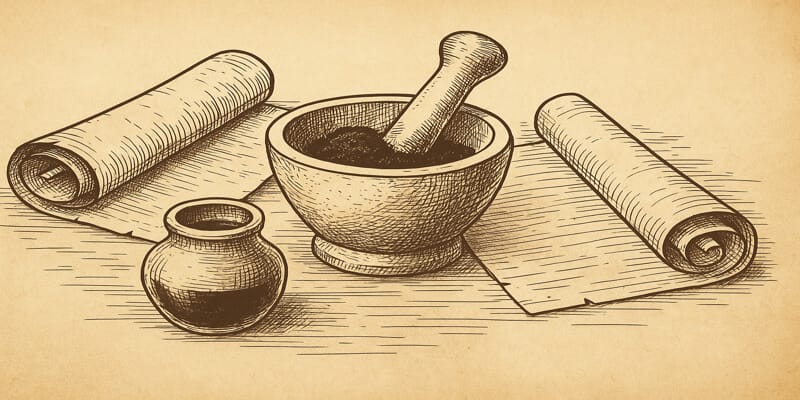
Ink dates back to ancient civilizations like Egypt, China, India, and Rome. It was used on materials such as papyrus scrolls, parchment, and palm leaves. These early ink recipes were key to preserving cultural knowledge.
2.1 Egypt
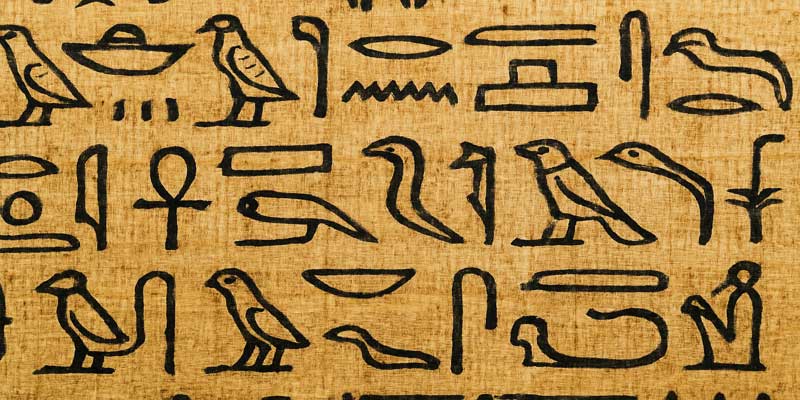
Egyptians used carbon black ink made by grinding soot or charcoal mixed with gum arabic. Applied with reed pens, this durable ink enabled hieroglyphic writing that supported record-keeping and art.
2.2 China
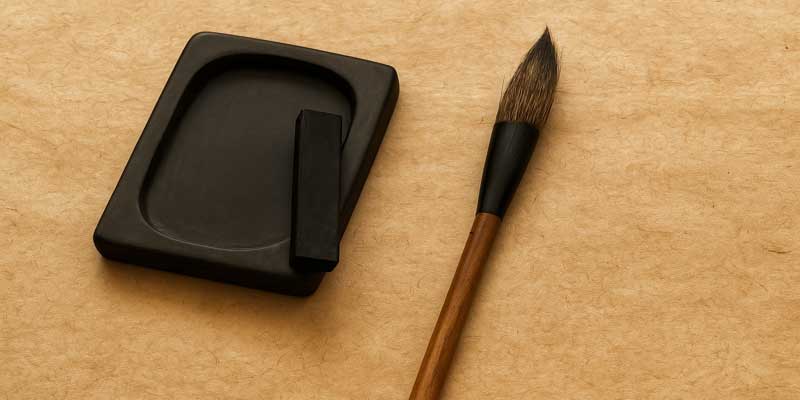
The Chinese invented inksticks and inkstones to refine soot and animal glue into writing materials. They also experimented with plant-based dyes like indigo and safflower for pigment-based ink.
2.3 India and the Middle East
Indian ink, or China ink, relied on lampblack and gum arabic. Additional natural pigments like ochre and malachite were used in intricate manuscript preservation and early writing systems.
2.4 Rome
Romans used atramentum, a dye-based ink made from pine soot and gum. It was classified into types for writing, leatherwork, and painting—highlighting its role in communication and decorative arts.
2.5 Ingredients and Methods
Ancient ink composition included ingredients like soot, honey, vinegar, and binders. Traditional ink making involved labor-intensive processes, often passed down across generations.
3. The Medieval Revolution of Iron Gall Ink
Iron gall ink, composed of tannin-rich galls and iron salts, became a dominant writing tool in medieval Europe. It provided durable writing for legal texts and illuminated manuscripts.
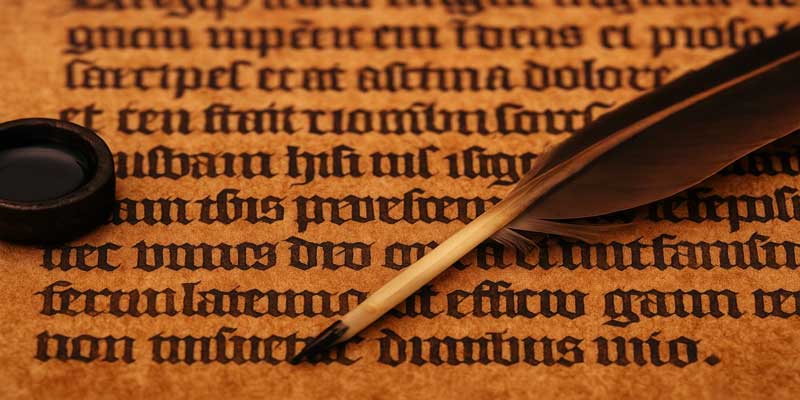
3.1 Influence on Calligraphy
This ink revolutionized medieval calligraphy with its bold, sharp lines. Quill pens were the standard writing implements for Gothic and Carolingian scripts.
3.2 Pigments in Illuminated Manuscripts
Illuminated manuscripts featured mineral and plant pigments blended with binders. The colors added artistic flair to sacred and scholarly texts.
3.3 Artistic Techniques
Scriptorium practices included layering pigment-based inks with gold leaf or egg whites, resulting in visually stunning documents that reflected artistic techniques of the time.
3.4 Legacy
The legacy of medieval ink lies in its contribution to historical preservation. These manuscripts reflect the innovation and creativity of early ink usage.
4. Modern Ink Innovations
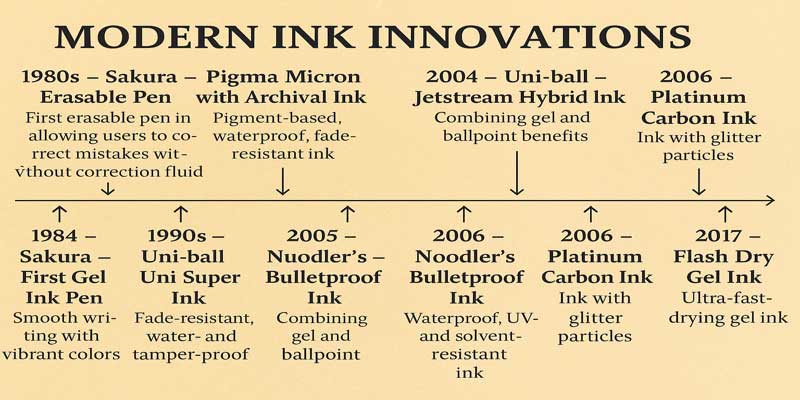
From erasable inks to shimmering pigments, the late 20th and early 21st centuries have seen remarkable advances in ink technology.
1970 – Papermate – Erasable Pen Ink
Papermate introduced the first erasable pen, allowing users to correct mistakes without correction fluid. This simplified writing and editing for everyday users.
1980s – Sakura – Pigma Micron with Archival Ink
Featured pigment-based, waterproof, fade-resistant ink designed for illustrators and artists. Popular for its archival quality.
1983 – Uni Posca – Creative Art Marker
Water-based, opaque color marker usable on various surfaces. Expanded creative possibilities for artists and designers.
1984 – Sakura – First Gel Ink Pen
Sakura pioneered gel ink, offering smooth writing with vibrant colors. A favorite among students and professionals.
1990s – Uni-ball – Uni Super Ink
Fade-resistant, water- and tamper-proof ink for secure documentation. Featured in the Vision Elite pen.
2004 – Uni-ball – Jetstream Hybrid Ink
Combined gel and ballpoint benefits for smooth, fast-drying writing with reduced smudging.
2005 – Noodler’s Bulletproof Ink
Waterproof, UV- and solvent-resistant ink ideal for legal and archival writing. Forgery-resistant formula.
2006 – Pilot – Frixion Thermo-Sensitive Ink
Innovative erasable ink that disappears with heat. Popular in stationery for error-free writing.
2006 – Platinum – Carbon Ink
Pigment-based, waterproof, fade-resistant ink suitable for fountain pen users, artists, and calligraphers.
2014 – Diamine – Shimmering Ink
Ink with glitter particles for creative, eye-catching handwriting and calligraphy.
2017 – Ohto – Flash Dry Gel Ink
Ultra-fast-drying gel ink designed to prevent smudging — ideal for left-handed writers and fast notetakers.
Modern innovations like fast-drying ink have significantly improved the writing experience. Check out our guide on the best pens for left-handed people for recommendations.
5. Specialty Inks: Advances in Ink Technology
5.1 Invisible and Security Inks
From lemon juice to color-shifting compounds, security inks protect sensitive data and enhance anti-counterfeiting measures.
5.2 Thermo-Sensitive and Rewritable Inks
Thermo-sensitive inks, popularized by Pilot’s Frixion pens, change color with heat and offer a reusable writing option.
5.3 Sustainable Inks
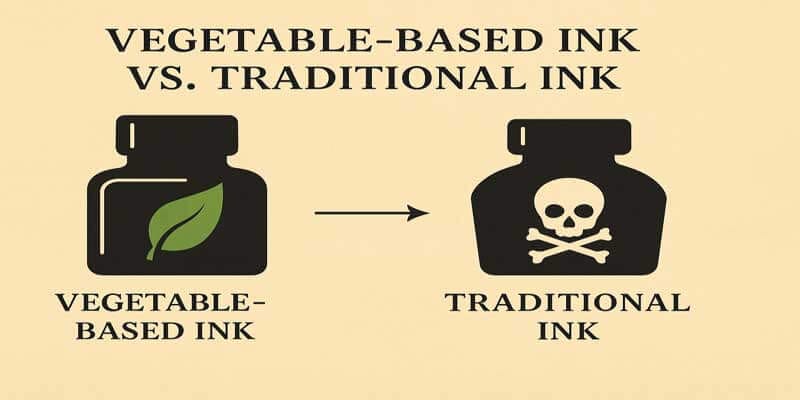
Green ink solutions now include vegetable-based and water-soluble inks. These eco-friendly alternatives reduce environmental impact and chemical waste. For a deeper dive into environmentally friendly writing tools, see our guide on Non Toxic Pens & Markers.
5.4 Electronic and Conductive Inks
Smart ink applications such as electronic ink (e-ink) and conductive polymers enable flexible displays and printed electronics.
5.5 3D Printing Inks
3D printing inks—resins or filaments—enable complex object creation through additive manufacturing. They are vital to fields like medicine, engineering, and design.
5.6 Are Modern Inks Safe?
Most writing inks pose little risk, though industrial formulations may contain harsh chemicals. Always consult product safety guidelines. You can also learn more in our detailed article: Can You Get Ink Poisoning from a Pen?
6. Conclusion
The evolution of ink—from carbon soot to bio-inks and conductive materials—demonstrates its enduring role in how we write, create, and innovate. As sustainability and digital integration grow, so will the forms and functions of modern inks.
7. FAQ
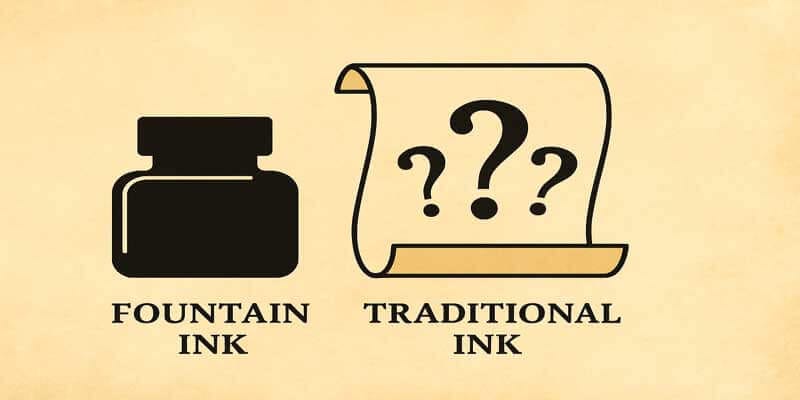
Who invented ink?
Ancient civilizations like Egypt, China, and India independently developed ink over 4,000 years ago as a tool for communication.
What were common colors of ancient ink?
Primarily black and brown, with some colored inks made from indigo, saffron, and malachite for decorative and symbolic uses.
What is iron gall ink?
A historical ink composed of tannin-rich galls and iron salts, commonly used in medieval Europe for documents and manuscripts.
Are eco-friendly inks as durable as traditional inks?
While some may have reduced permanence, advancements in sustainable ink chemistry are closing the performance gap.
Is ink made from squid?
Yes, squid ink (sepia) has been used historically as a natural pigment for writing and illustration.
What is fountain pen ink made of?
A mix of water, dyes or pigments, and surfactants to ensure flow and prevent clogging in pen mechanisms.
What is bioprinting ink?
Bio-inks contain living cells and biomaterials used in medical research to print functional tissues or organs layer by layer.
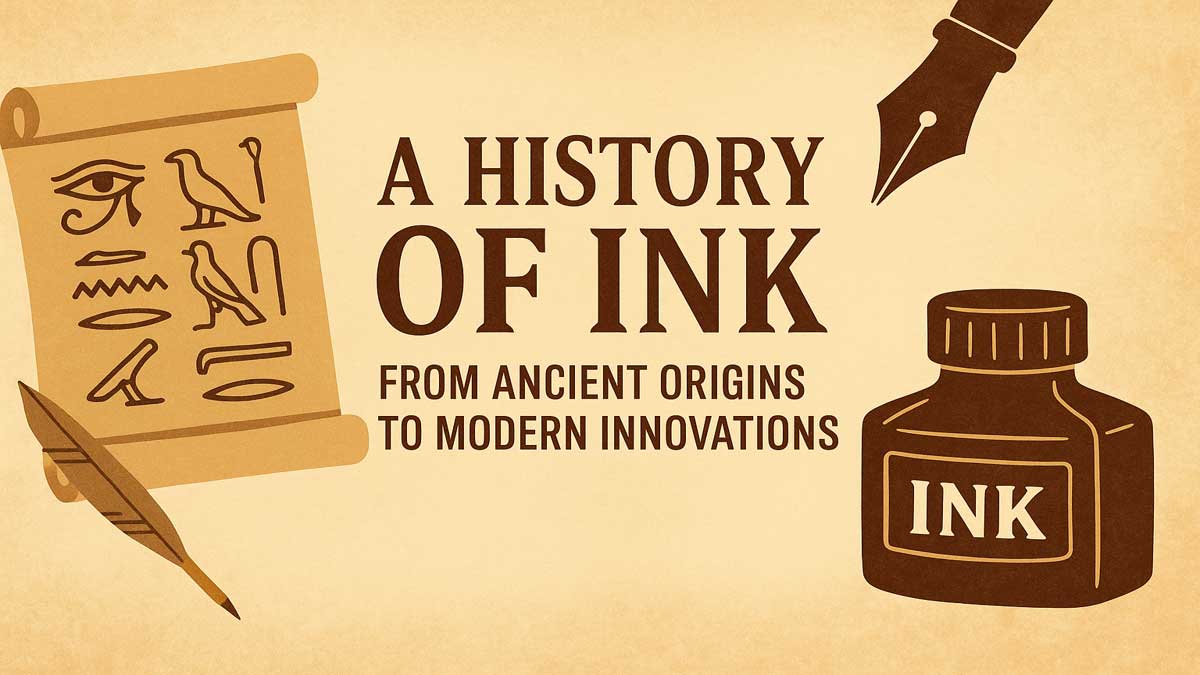
Hi Peter, very interesting article. I was looking for a way to rework some old Generator tags when I saw this. I can remember seeing these tags, brass raised letter, being wiped with ink and then a rubber? bar or something being dragged across the tag to remove the ink from the raised surfaces. My Question is What kind of Ink would make for a long lasting finish on a brass tag? It is on a 1925 Lister Generator. Thanks Chris